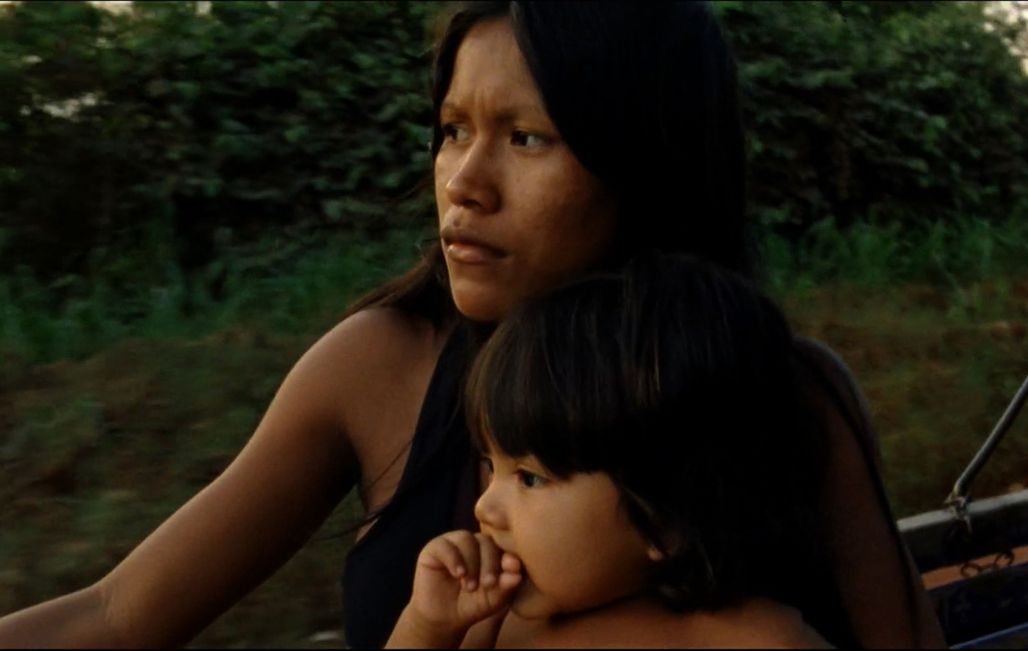
Chuva é cantoria na aldeia dos mortos, as seen by João Salaviza and Renée Nader Messora

In Chuva é cantoria na aldeia dos mortos (The Dead and The Others), Portuguese director João Salaviza and Brazilian director Renée Nader Messora embark on a journey to meet the indigenous Kraho community. The film, presented at Un Certain Regard, exposes the harsh reality of a young indigenous Brazilian as he escapes his village and comes face to face with contemporary urban life.
Tell us how your film came about.
The idea for the film dates back to 2009, when Renée first visited Pedra Branca, the largest village of the indigenous Kraho community located in northern Brazil. During our travels, we met a group of young indigenous filmmakers, and began to work together. The film is inspired by the story of one of these young directors, when he escaped from his village and travelled to the city.
What was the atmosphere like on set?
We lived in the village for nine months to shoot the film. We had no technical team or assistance, but were supported by everyone in the great Kraho community. It was essential for us to recognise that our film was not more important than the daily village life we were documenting. We took the time to immerse ourselves in the culture, to go on two-hour trips along the river, to sit and wait for the perfect light that would compose each sequence. These occasions were sometimes interrupted by the rain, the sudden appearance of a snake, or by nightfall, but it didn't matter to us, we simply postponed the filming. That's why we made such slow progress.
What did you learn while making the film?
We realised that making a film cannot be done independently of the events of everyday life. In filming the lives of these individuals, we were aware that our routine as filmmakers was coexisting with that of the villagers.
What do you think of the film industry in Portugal and Brazil?
There are some very interesting viewpoints in Brazil and Portugal. Both countries are marked by the legacy of radical filmmakers, who fought for a free and independent cinema, but this type of film continues to come under threat and attack from the political and economic forces in play.


